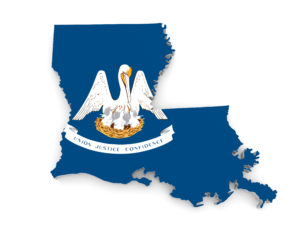Defer tax with a Section 1031 exchange, but new limits apply this year
Normally when appreciated business assets such as real estate are sold, tax is owed on the appreciation. But there’s a way to defer this tax: a Section 1031 “like kind” exchange. However, the Tax Cuts and Jobs Act (TCJA) reduces the types of property eligible for this favorable tax treatment.
What is a like-kind exchange?
Section 1031 of the Internal Revenue Code allows you to defer gains on real or personal property used in a business or held for investment if, instead of selling it, you exchange it solely for property of a “like kind.” Thus, the tax benefit of an exchange is that you defer tax and, thereby, have use of the tax savings until you sell the replacement property.
This technique is especially flexible for real estate, because virtually any type of real estate will be considered to be of a like kind, as long as it’s business or investment property. For example, you can exchange a warehouse for an office building, or an apartment complex for a strip mall.
Deferred and reverse exchanges
Although a like-kind exchange may sound quick and easy, it’s relatively rare for two owners to simply swap properties. You’ll likely have to execute a “deferred” exchange, in which you engage a qualified intermediary (QI) for assistance.
When you sell your property (the relinquished property), the net proceeds go directly to the QI, who then uses them to buy replacement property. To qualify for tax-deferred exchange treatment, you generally must identify replacement property within 45 days after you transfer the relinquished property and complete the purchase within 180 days after the initial transfer.
An alternate approach is a “reverse” exchange. Here, an exchange accommodation titleholder (EAT) acquires title to the replacement property before you sell the relinquished property. You can defer capital gains by identifying one or more properties to exchange within 45 days after the EAT receives the replacement property and, typically, completing the transaction within 180 days.
Changes under the TCJA
There had been some concern that tax reform would include the elimination of like-kind exchanges. The good news is that the TCJA still generally allows tax-deferred like-kind exchanges of business and investment real estate.
But there’s also some bad news: For 2018 and beyond, the TCJA eliminates tax-deferred like-kind exchange treatment for exchanges of personal property. However, prior-law rules that allow like-kind exchanges of personal property still apply if one leg of an exchange was completed by December 31, 2017, but one leg remained open on that date. Keep in mind that exchanged personal property must be of the same asset or product class.
Complex rules
The rules for like-kind exchanges are complex, so these arrangements present some risks. If, say, you exchange the wrong kind of property or acquire cash or other non-like-kind property in a deal, you may still end up incurring a sizable tax hit. If you’re exploring a like-kind exchange, contact us. We can help you ensure you’re in compliance with the rules.





